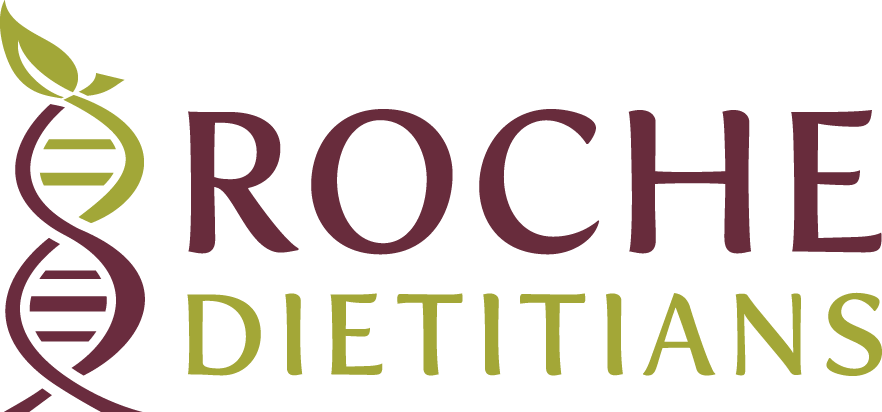Managing Bread and Mixed Consistencies: Insights from USIRG
Navigating the complexities of diet modifications can be challenging, but the United States IDDSI Reference Group (USIRG) offers valuable guidance on managing exceptions within the IDDSI framework. USIRG developed a FAQ that provides essential information on handling bread and mixed consistencies in diet orders.
Explore USIRG Resources Click on Frequently Asked Questions EXCEPTIONS: BREAD AND MIXED CONSISTENCIES
What Are “Exceptions”?
Exceptions in diet orders are modifications made based on individualized clinical assessments and a person-centered care approach. These exceptions are crucial for tailoring diets to meet specific patient needs while maintaining safety and efficacy.
Bread and the IDDSI Framework
One of the common questions addressed by USIRG is about including regular bread in diets such as Minced & Moist (Level 5) and Soft & Bite-Sized (Level 6). According to the IDDSI Framework, regular bread is only included in Regular, Level 7. However, Easy to Chew, Level 7 may include soft breads at the clinician’s discretion. For other levels, pureed, and pre-gelled ‘soaked’ breads that are very moist throughout are recommended.
Managing Mixed Consistencies
Mixed consistencies, or dual consistencies, are foods that contain both solids and liquids within the same bite, such as cold cereal in milk or soup with chunks. These foods can be challenging to swallow and require advanced coordination. The IDDSI Framework includes mixed consistencies only in Regular, Level 7, and possibly in Easy to Chew, Level 7, based on clinical discretion.
Key Takeaways
IDDSI Framework: The framework itself cannot change, but diet orders can be customized on a case-by-case basis.
Person-Centered Care: Diet orders should be clear and specific to avoid confusion and ensure patient safety.
Clinical Collaboration: The medical team, including SLPs, Registered Dietitians, and other healthcare professionals, should work together to manage exceptions and ensure effective communication and documentation.
For a comprehensive understanding and to access the full FAQ, visit the IDDSI website. The USIRG continues to update resources to serve your needs as an active participant in IDDSI implementation.
Explore USIRG Resources Click on Frequently Asked Questions EXCEPTIONS: BREAD AND MIXED CONSISTENCIES
Resources for Implementing IDDSI
Roche Dietitians “We Test for Safety” IDDSI Training Program
We’ll be the first to acknowledge that learning about IDDSI is not a simple process. From the new food and drink levels to the testing methods, it is a significant undertaking to learn these standards, and you need an ongoing process to train your team. That’s why we created the Roche Dietitians “We Test for Safety” IDDSI Training Program.
This program will train your staff on everything they need to know about IDDSI. From an overview of IDDSI with our Introduction course to comprehensive courses on each IDDSI level, your team will be well-versed in all things IDDSI. They will also get to practice testing with our hands-on experiences.
But the Roche Dietitians “We Test for Safety” IDDSI Training Program is not just about sharing facts. It’s about creating a culture of safety in your food service organization. This program will give you all of the tools you need to develop a strong IDDSI culture among your team, which will keep individuals safe from choking.
Online training may be a new experience for your organization. Our online training is easy to access and simple to use.
We have the same value for excellence as you, and we have been committed to excellence throughout the entire time we created this course. For over a year, we have worked at putting together this training for your team so that you don’t have to.
The Roche Dietitians “We Test for Safety” IDDSI Training Program is now available for purchase. If you’re not ready to purchase training yet, take the beginning steps of implementing IDDSI with our IDDSI posters.



